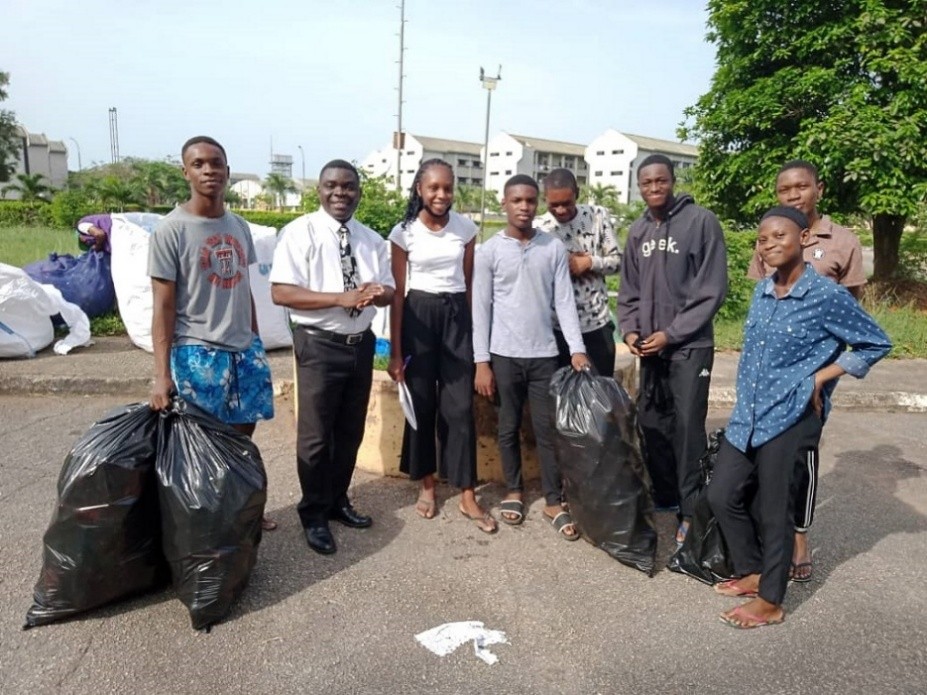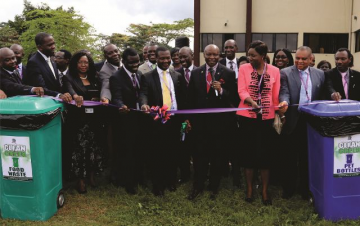Sustainable Cities & Communities
for all
Sustainable Cities & Communities
for all
- 11.1. Introduction
- 11.1.1. Brief Overview of SDG 11: Sustainable cities and Communities
- 11.2. Covenant University’s Commitment to Sustainable Urban Development
- 11.2.1. Urban Planning & Campus Development
- 11.2.2. Affordable and Inclusive Housing
- 11.2.3. Waste Management & Sanitation
- 11.2.4. Green Infrastructure & Climate Resilience
- 11.2.5. Mobility & Accessibility
- 11.2.6. Smart Campus Initiatives
- 11.3.1. Community Engagement & Urban Impact
- 11.4.1. Research & Innovation in Urban Sustainability
- 11.5.1. Education & Capacity Building
- 11.5.2. Student & Faculty-led Projects
- 11.6.1. SDG 11 Impact Metrics & Dashboard
- 11.7.1. Publications & Reports
11.1.1. Brief Overview of SDG 11: Sustainable Cities & Communities
United Nations created SDG 11 to make cities and human settlements inclusive, safe, resilient, and sustainable. Urban cities worldwide are witnessing rapid population growth, resulting in various problems, including population overload, bad infrastructure, environmental degradation, and poverty. SDG 11 attempts to overcome all these problems through sustainability, equity, and inclusiveness in urban planning. The goal also includes promoting efficient use of resources, reducing environmental footprints, and improving the quality of life of all city inhabitants, especially the most vulnerable ones.
Key Targets in SDG 11
- Providing access to affordable, sustainable transport and green spaces.
- Promoting resource-efficient urban planning and building designs.
- Ensuring equal access to safe and affordable housing and basic services.
- Reducing the environmental impact of cities, including air quality and waste management.
The key targets under SDG 11: Sustainable Cities and Communities include:
- Providing access to affordable, sustainable transport and green spaces.
- Promoting resource-efficient urban planning and building designs.
- Ensuring equal access to safe and affordable housing and basic services.
- Reducing the environmental impact of cities, including air quality and waste management.
For a deeper understanding of SDG 11 and its associated targets, visit https://www.undp.org/sustainable-development-goals/sustainable-cities-and-communities
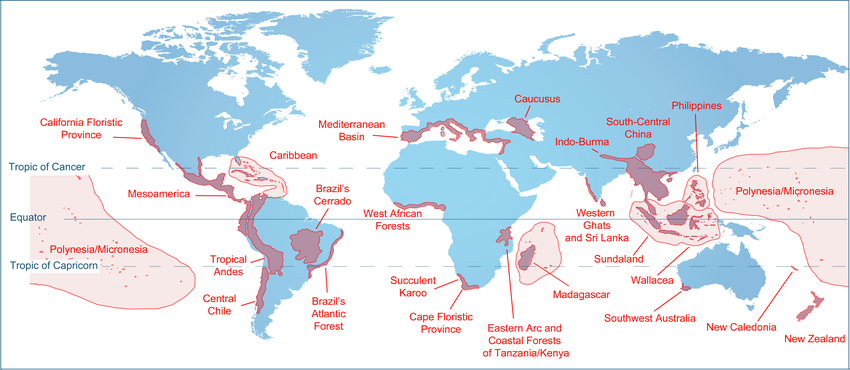
11.2. Covenant University's Commitment to Sustainable Urban Development
Covenant University recognizes the importance of constructing sustainable and durable urban infrastructure that is resilient, resource-efficient, and accessible to everyone. In harmony with many urban planning initiatives, such as housing, waste management, green infrastructure, mobility, and community engagement, Covenant University is committed to contributing meaningfully to SDG 11: Sustainable Cities and Communities.
11.2.1. Urban Planning & Campus Development
- Green Architecture & Building Materials: Green building materials and green architecture are now significant in construction at Covenant University. This goes from energy-saving building designs to sustainable construction strategies and using natural daylighting and ventilation to reduce energy usage.
- Smart Urban Development: The university is committed to future development in a way that aligns with smart urban development principles. This implies that all new infrastructure is efficient and designed to adapt to future technological innovation, with long-term sustainability and climate resilience in mind.
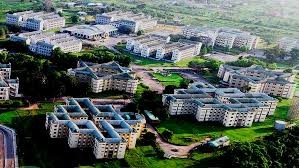
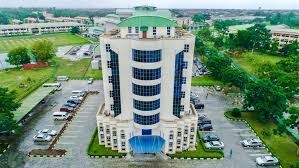
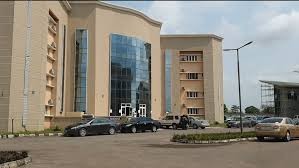
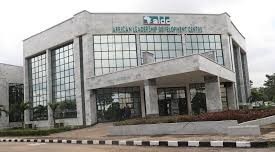
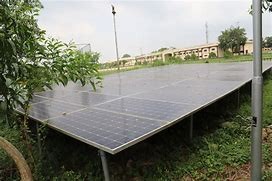
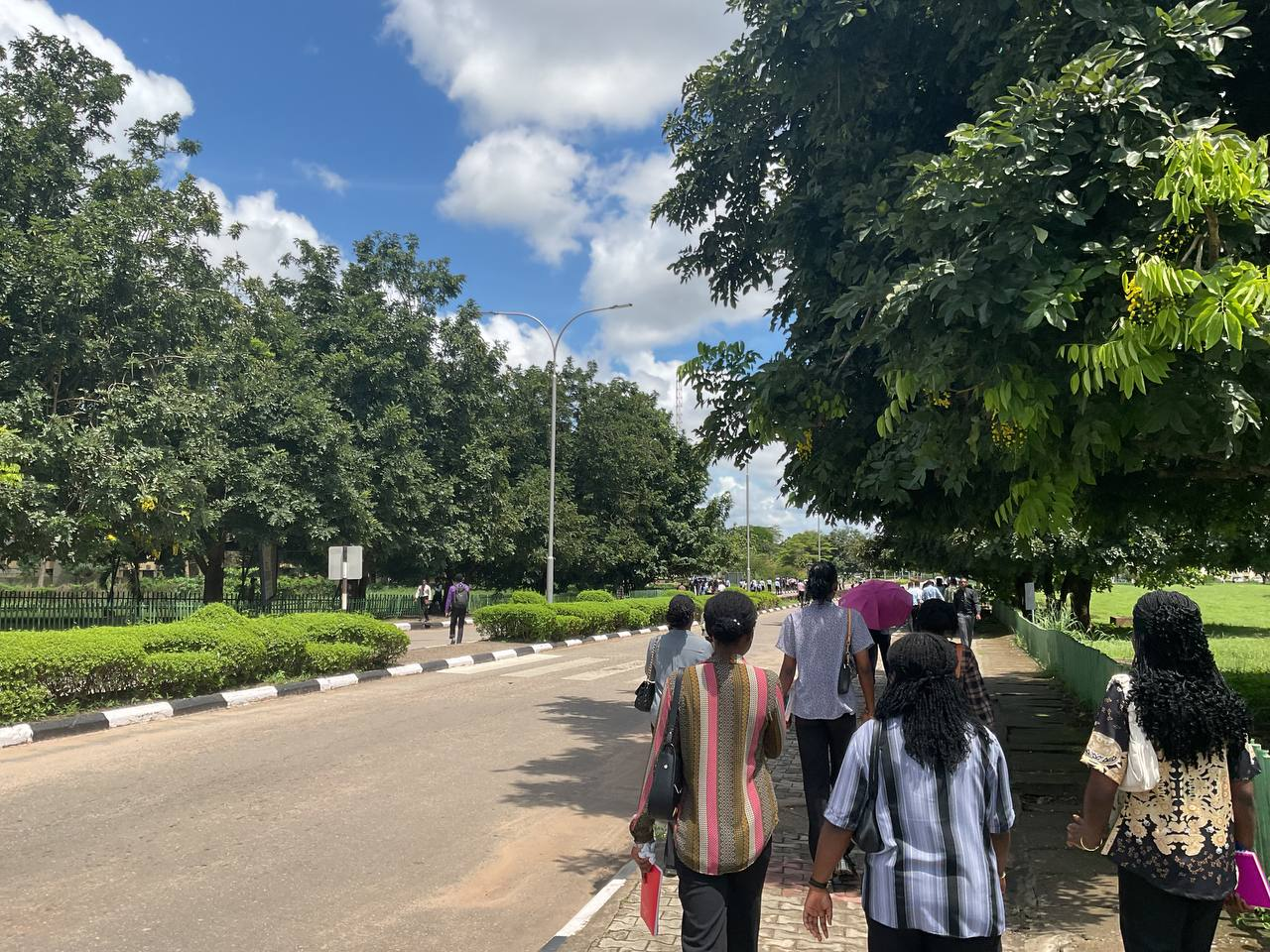
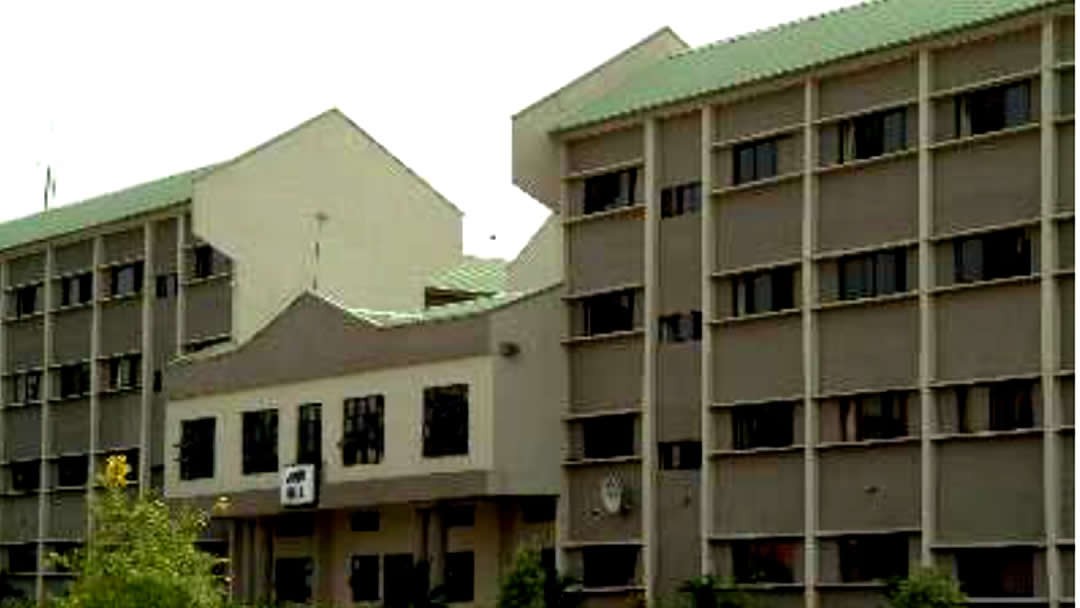
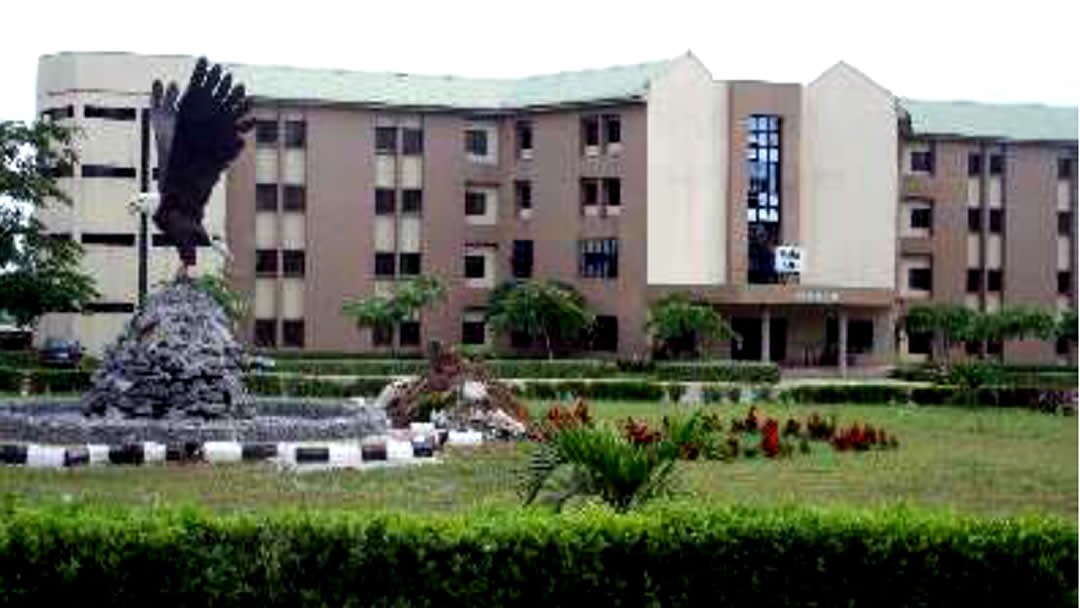
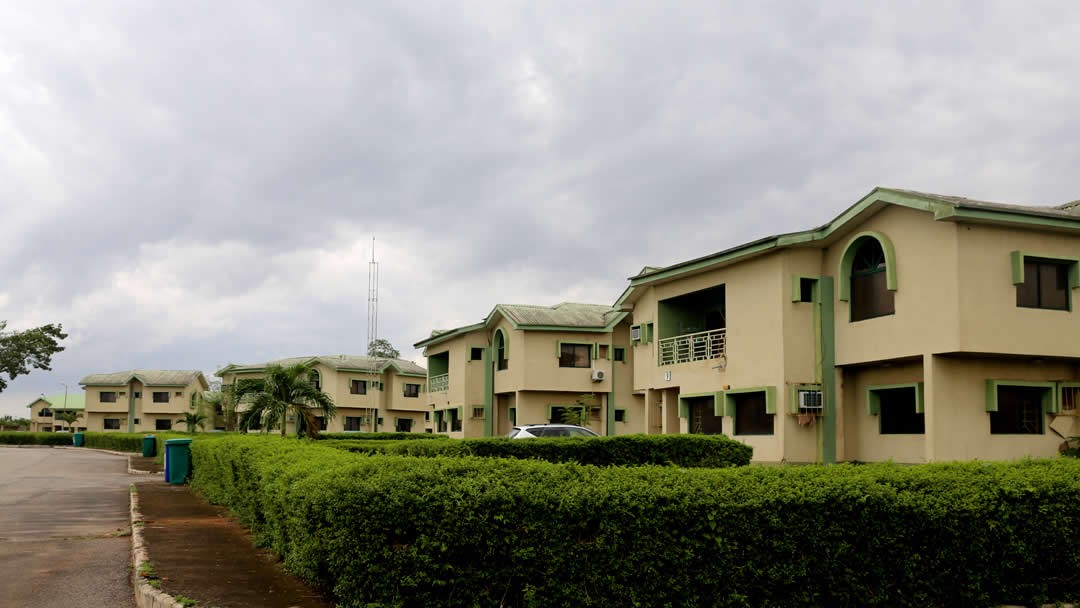
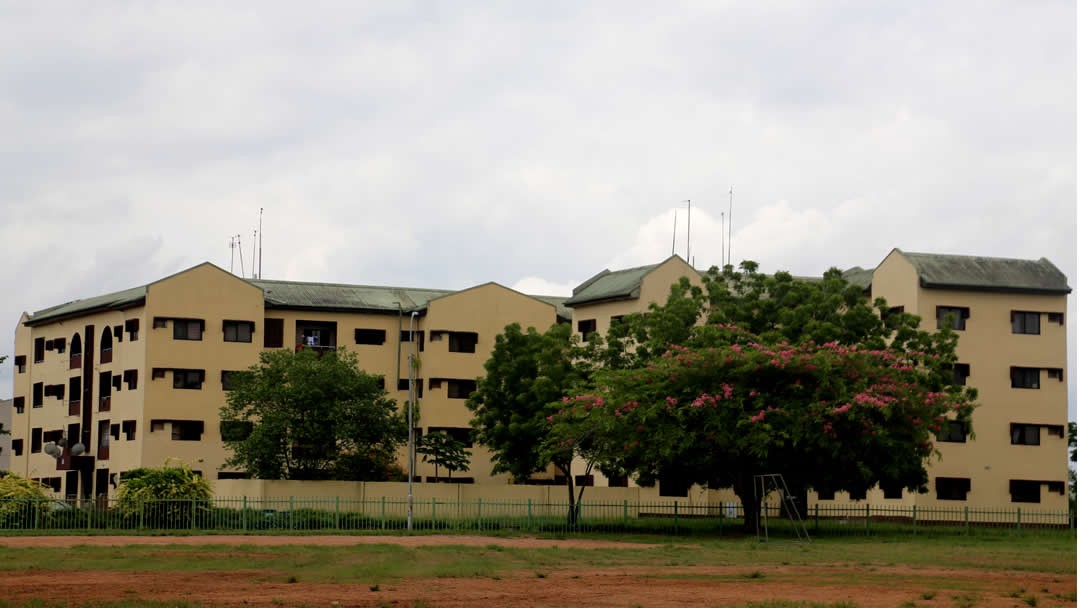
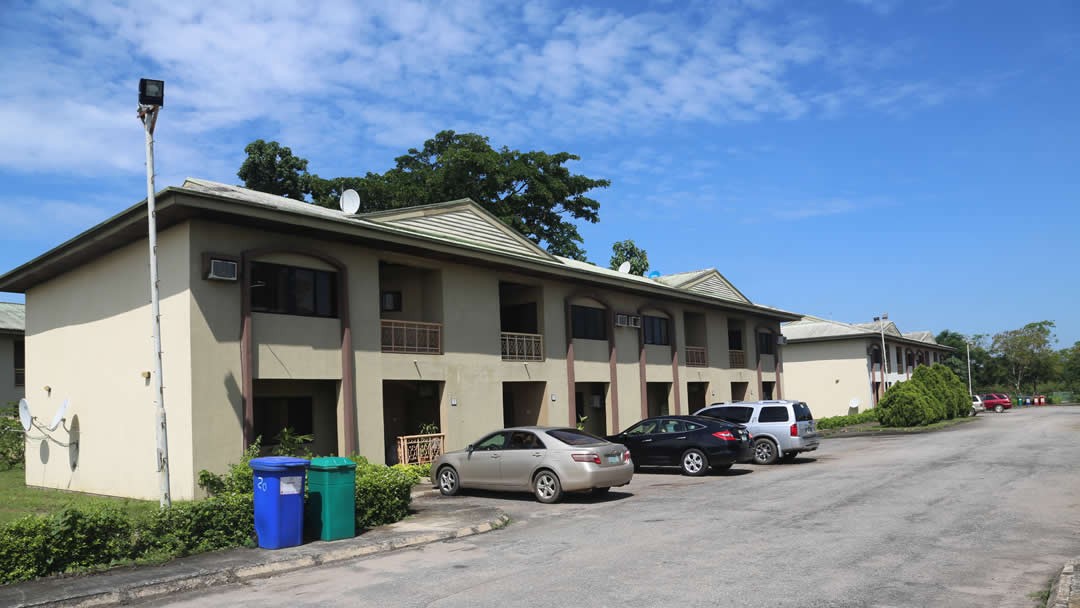
11.2.2. Affordable & Inclusive Housing
Covenant University offers affordable, safe, and inclusive accommodation options for both students and staff. To demonstrate its commitment to sustainable urban development, the university has worked towards providing accommodation within the university campus and collaborating with local authorities and developers to ensure that off-campus accommodation options are of the highest safety and sustainability standards.
Key Features
- Affordable Student Housing: The university offers nicely constructed, affordable accommodation to undergraduate and postgraduate students, where living standards are not only within the economic affordability of the learners but also sustainable for a safe, healthy, and community lifestyle.
- Affordable Staff housing: Covenant University offers on-campus staff and faculty accommodation to facilitate staff members’ access to secure, sustainable housing close to the workplace.
- Developer Collaboration: There is close collaboration between the university and housing developers to promote off-campus living by sustainability standards, and the developments would be environmentally friendly, energy-efficient, and by the principles of affordable housing.
11.2.3. Waste Management & Sanitation
Covenant University is also very much concerned with effective waste disposal and environmental conservation as a step toward contributing to the world’s efforts towards sustainable cities. The university upholds a complete waste segregation and recycling system, significantly reducing landfill wastes and encouraging the recovery of resources.
Key Features
- Segregation and Recycling of Waste: Covenant University ensures there is organized segregation of plastic, paper, food, and electronic waste with bins positioned in strategic places on campus for effective disposal. This ensures proper recycling of waste materials.
- Composting of Organic Waste: The institution has implemented a composting mechanism to recycle food waste, which is used as fertilizer for gardens and green spaces within the campus, minimizing waste sent to landfills.
- Green Disposal of Laboratory Waste: All laboratory and scientific waste is disposed of through environmentally friendly channels, with authorized waste contractors ensuring compliance with regulatory standards for hazardous waste.

